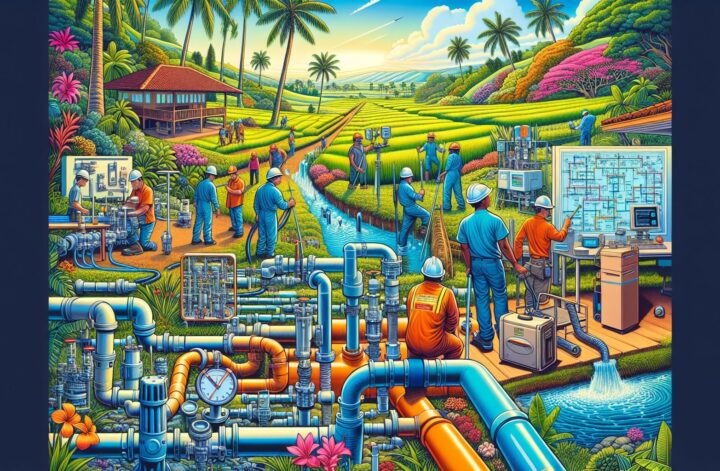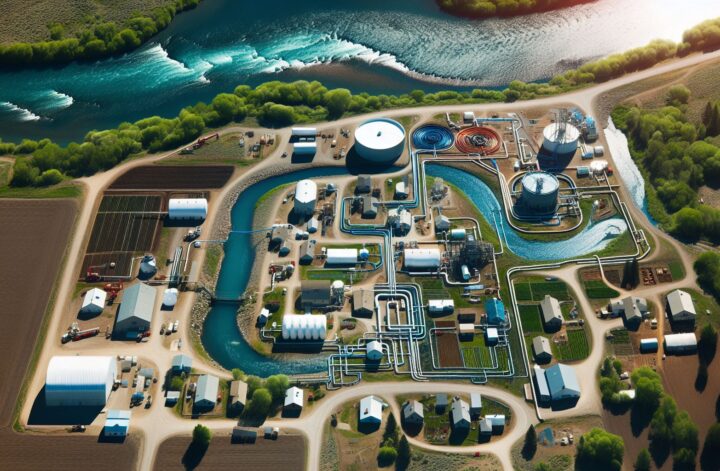Utah, known for its picturesque landscapes and diverse topography, is home to numerous small towns and communities that face unique challenges when it comes to water and wastewater management. This article presents an overview of Utah’s rural water and wastewater systems, focusing on the essentials of these systems, the challenges faced, and the efforts made to improve them.
The rural communities in Utah rely heavily on water and wastewater systems that are separate from those in the urban centers. These systems are often managed by private entities or local government units, and typically include wells, pumps, and small-scale treatment facilities for water, as well as septic systems or lagoon systems for wastewater[^1^]. The infrastructure to distribute treated water to households or businesses varies greatly, from private well and pump systems to community water systems.
One of the major challenges in rural areas is the aging of water and wastewater infrastructure. Many of these systems are several decades old and in need of substantial repair or replacement[^2^]. Other issues include water source protection and proper wastewater treatment, especially keeping up with changing water quality standards. Additionally, the rural communities often face challenges in obtaining the necessary funding for system improvements due to their small population and limited tax base.
Rural water and wastewater systems are vitally important for the health and well-being of these communities. Inadequate or failing systems can lead to public health hazards, such as contaminated drinking water or untreated wastewater.
Recognizing these challenges, several initiatives have been launched in Utah aimed at improving rural water and wastewater systems. The Utah Division of Drinking Water’s Rural Water Program provides technical, managerial, and financial assistance to small and rural public water systems[^3^]. The program offers training, consultative services, and low-interest loans for system upgrades.
Moreover, organizations such as the Rural Water Association of Utah provide training, technical assistance, and advocacy for rural water and wastewater systems throughout the state. Through these collaborative efforts, Utah continues to focus on ensuring that its rural communities have access to clean and safe water.
In conclusion, while the rural water and wastewater systems in Utah face numerous challenges, concerted efforts by state agencies, community groups, and local entities are continually working towards improving these systems, ensuring the continued health and well being of Utah’s rural populations.
[^1^]: Rural Water and Wastewater Systems
[^2^]: The Challenge of Aging Water Infrastructure in Utah
[^3^]: Utah Division of Drinking Water’s Rural Water Program




